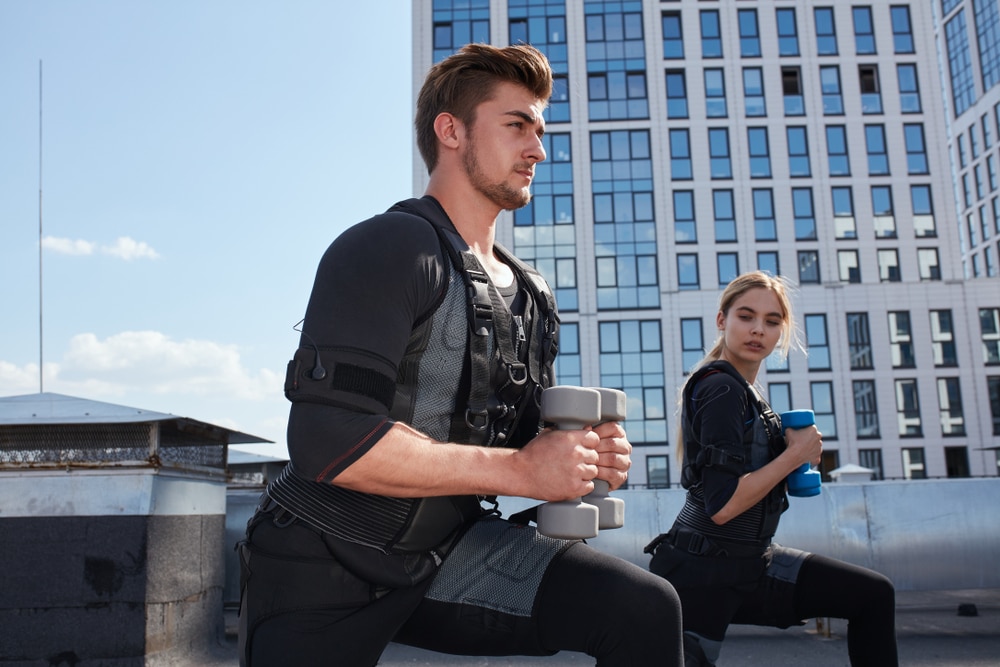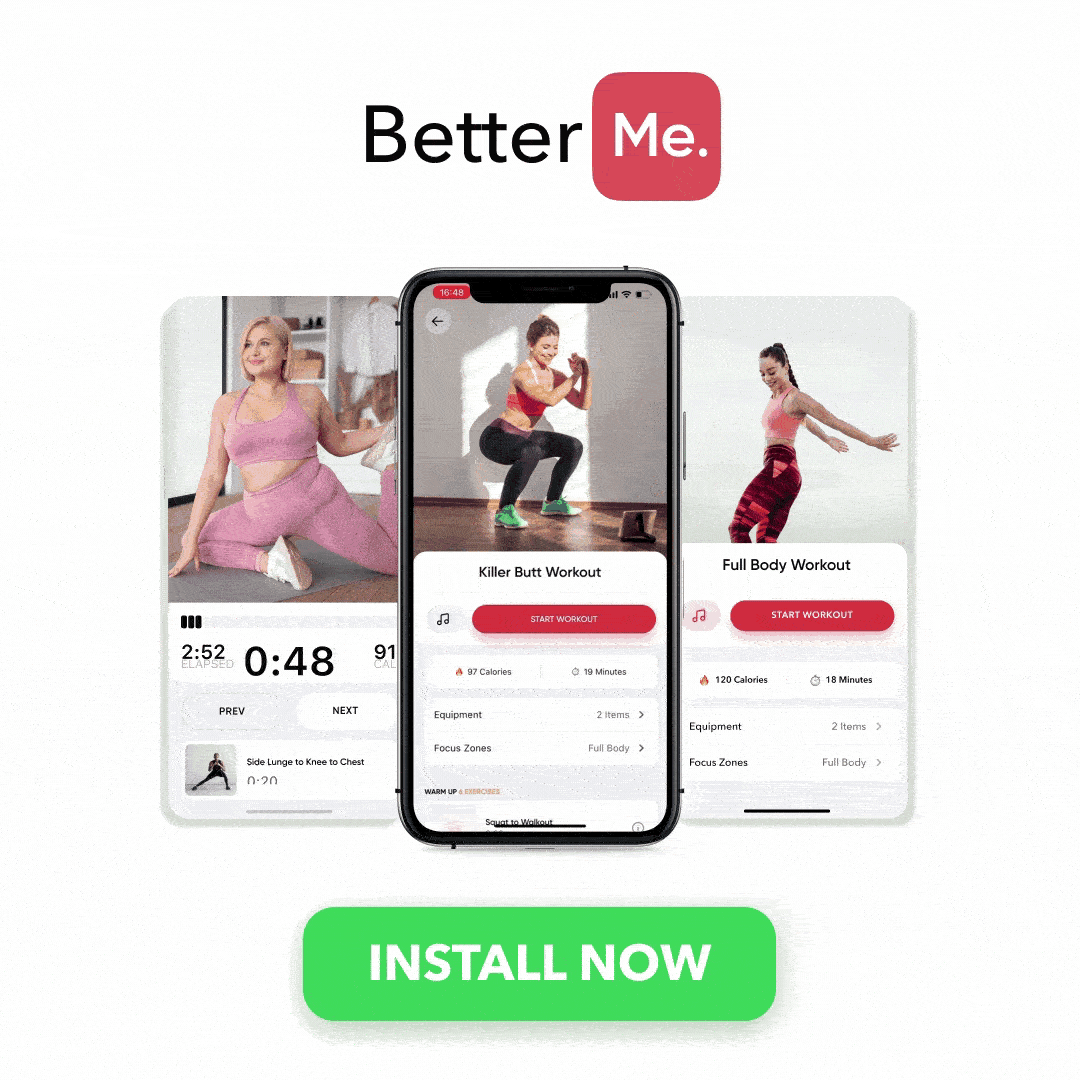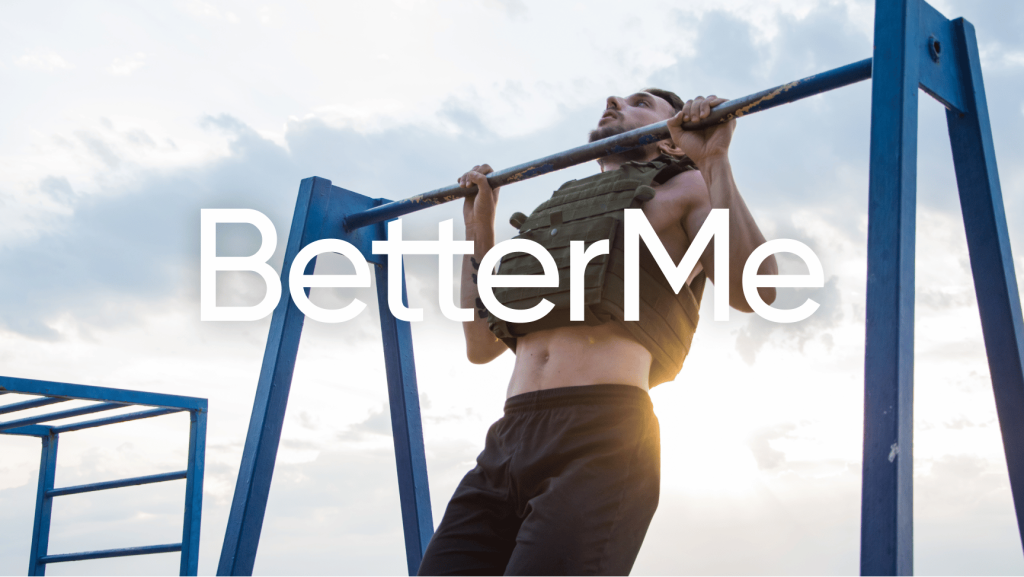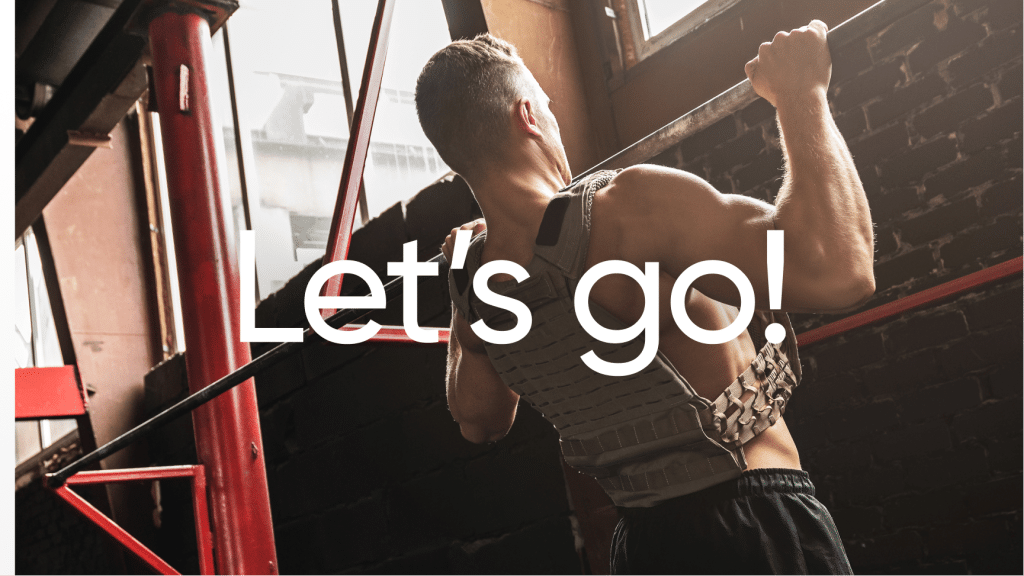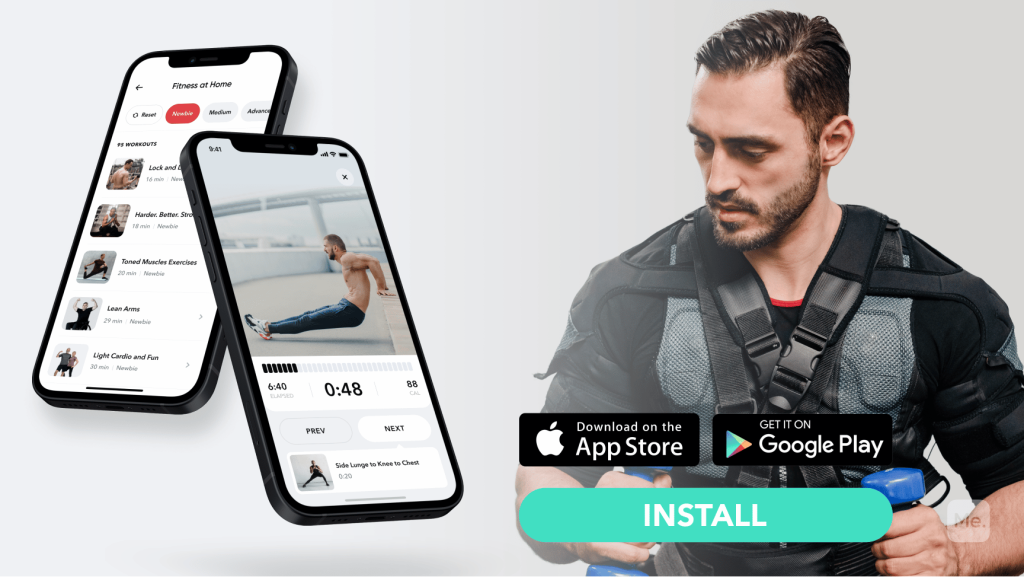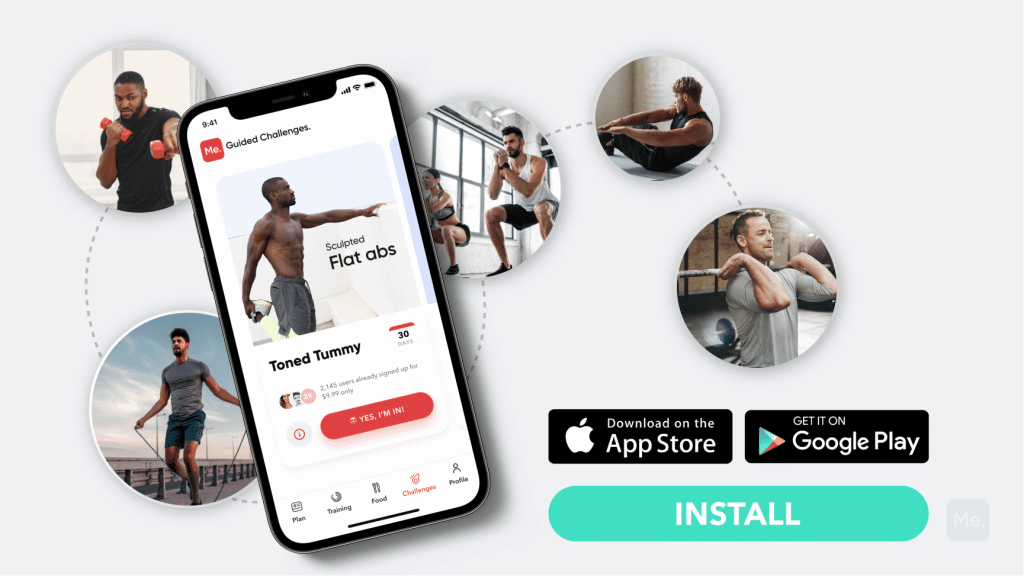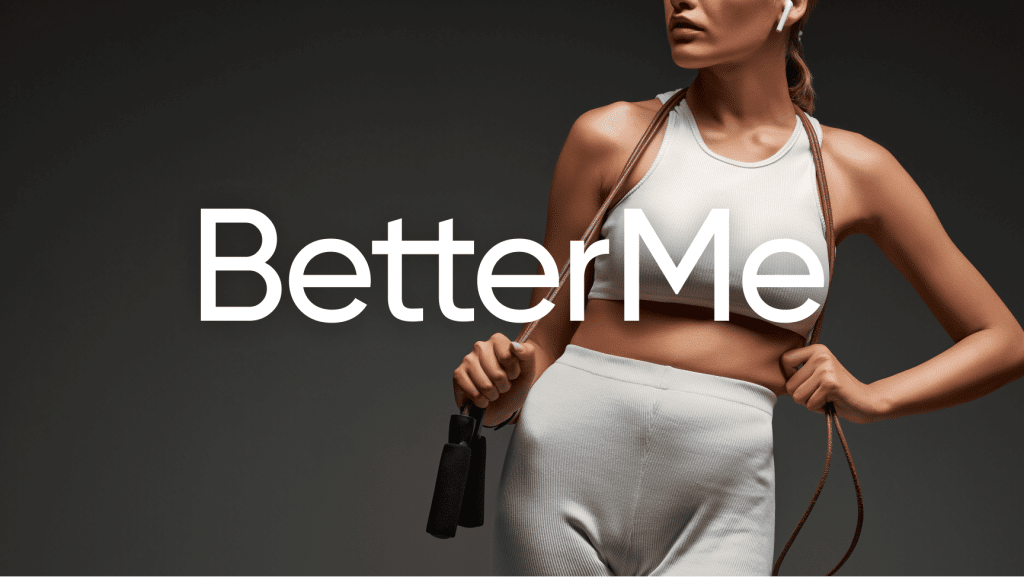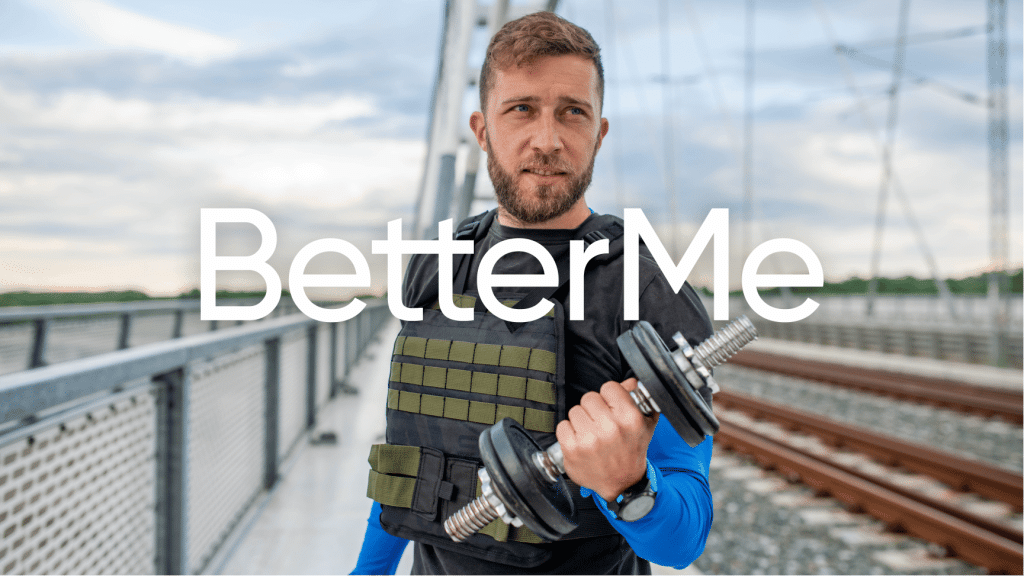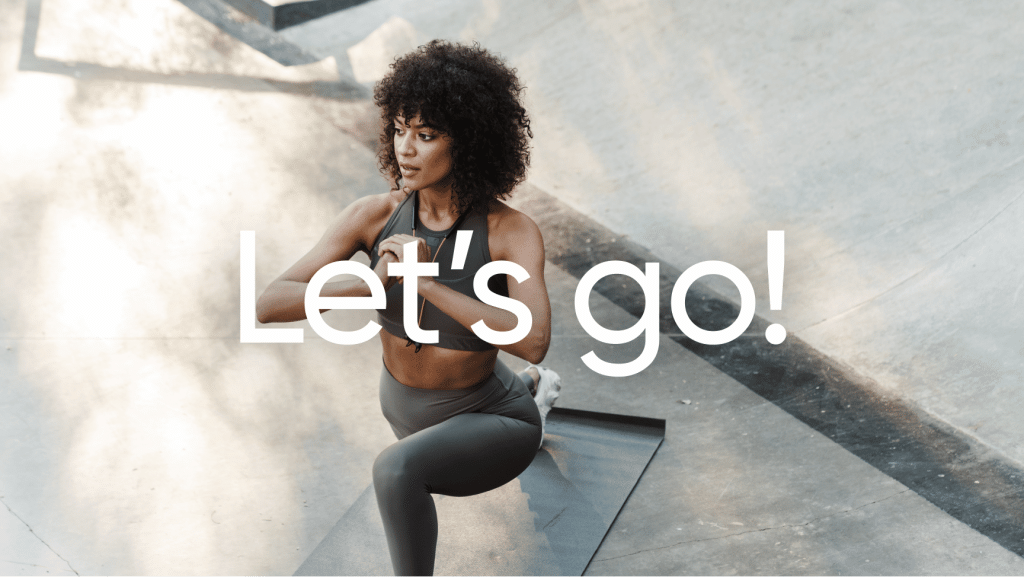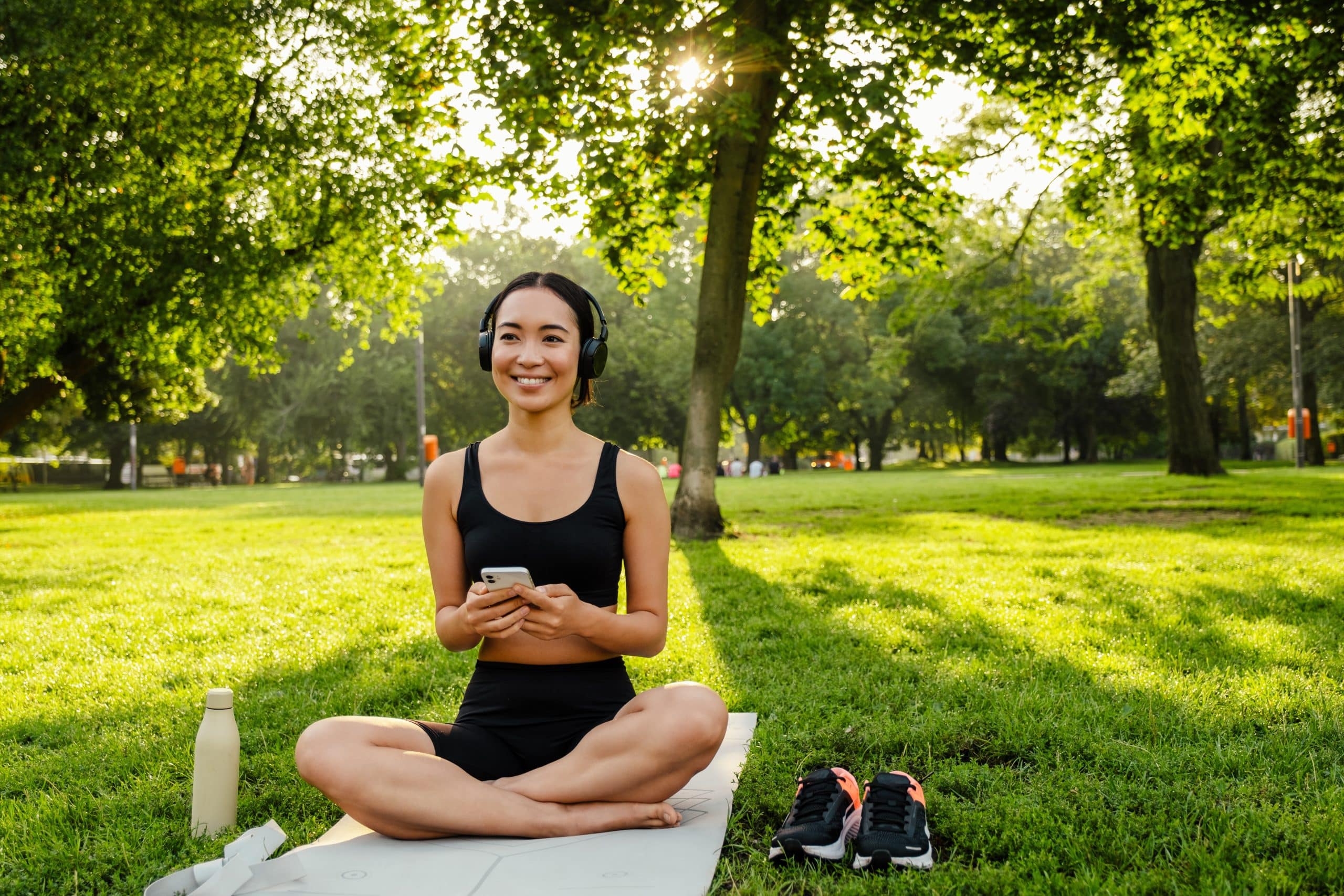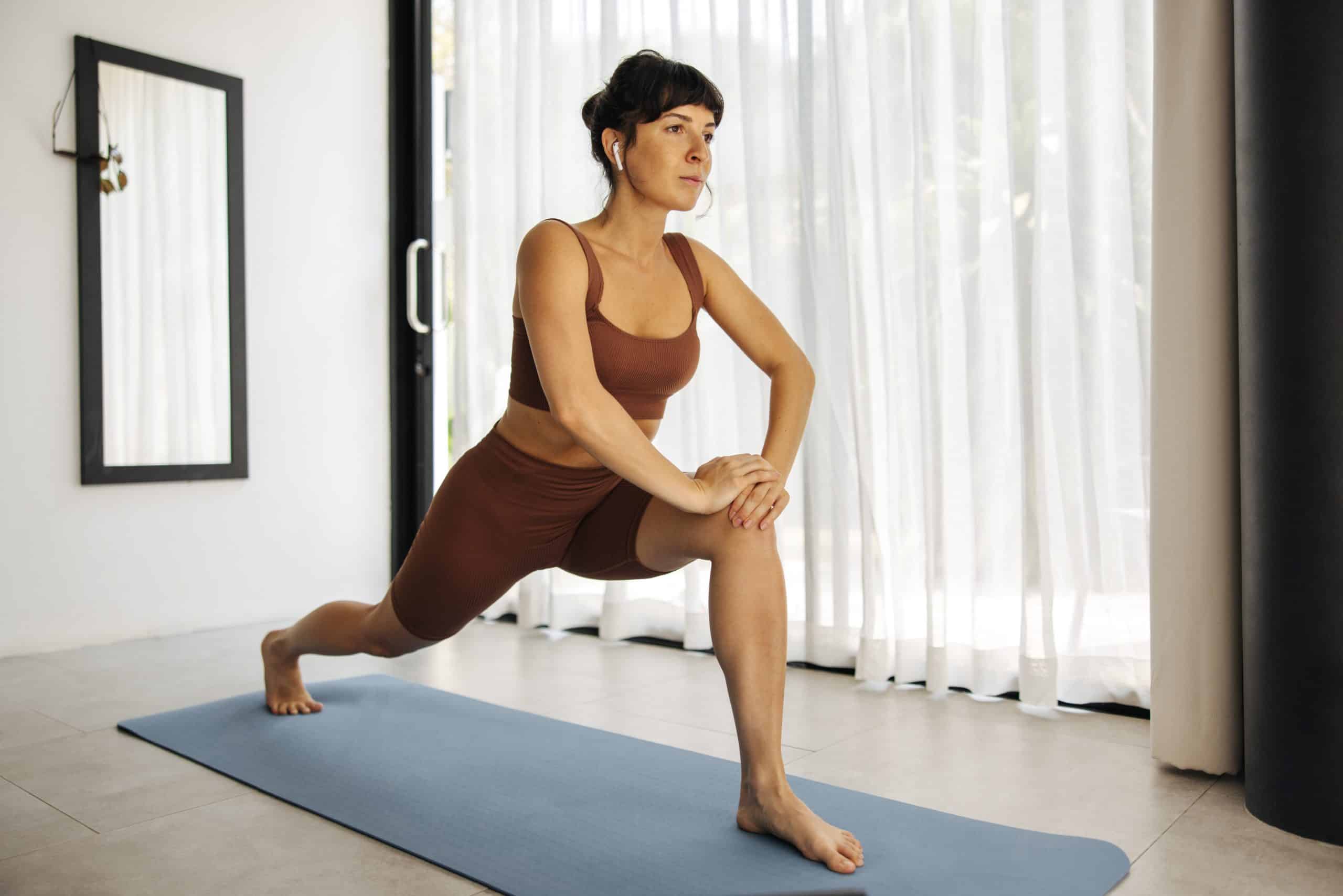At first glance, weight vests seem like a gimmick for aggro gym bros. You know, the ones who are trying to show off how much they can lift by doing things like strapping a hundred-pound weight vest to their chest and squatting with it. But weight vest training can be beneficial for everyone, not just meatheads. In fact, research shows that wearing a weighted vest during activities like walking can improve your cardiovascular fitness, increase bone density, and help with weight loss (6). If you’re thinking about giving one a try, here’s everything you need to know about walking with a weighted vest.
What Is A Weighted Vest?
A weighted vest is a piece of clothing that has weights sewn into it or pockets that can hold weights. They come in different sizes and weights, but most weigh between 10 and 50 pounds.
The weight is usually evenly distributed throughout the vest so that it doesn’t throw off your center of gravity.
Which Types Of Weighted Vests Are Available?
There are two main types of weighted vests:
- Soft vests: These vests are made from a soft, breathable material like neoprene or nylon. They’re often used for activities like walking, jogging, and light cardio.
- Hard vests: These vests have a rigid shell and are often used for more intense activities like Crossfit, running, or obstacle course racing.
- Plate carrier vests: These vests are similar to hard vests but have plates (usually made from metal or ceramic) sewn into them. They’re typically used by military and law enforcement personnel for training purposes.
Other weighted clothing you can use to increase the intensity of your workout include:
- Weighted belts: These belts are worn around the waist and have weights sewn into them or pockets that can hold weights. They’re often used for activities like walking, jogging, and light cardio.
- Weighted gloves: These gloves have weights sewn into them or pockets that can hold weights. They’re often used for activities like walking, jogging, and light cardio.
- Weighted shorts: These shorts have weights sewn into them or pockets that can hold weights.They’re often used for activities like walking, jogging, and light cardio.
- Weighted ankle/wrist weights: These weights are worn around the ankles or wrists and have weights sewn into them or pockets that can hold weights. They’re often used for activities like walking, jogging, and light cardio.
Read More: Farmer’s Walk Benefits: Burn Fat And Tone Your Body With This Exercise
How Do I Choose A Weighted Vest?
When choosing a weighted vest, there are a few things you should keep in mind:
- The type of activity you’ll be doing: If you’re only going to be doing light activities like walking or jogging, a soft vest will suffice. But if you want to do something more intense, like Crossfit or running, you’ll need a hard vest.
- Whether you can increase the capacity: Some vests come with weight plates that can be removed or added, so you can adjust the weight as needed. This is beneficial if you want to start with a lighter weight and gradually increase the intensity of your workouts.
- The size and fit: Weighted vests come in different sizes, so it’s important to choose one that’s comfortable and doesn’t hinder your range of motion. If you’re between sizes, it’s better to go with the larger size.
- The material: Soft vests are typically made from a breathable material like neoprene or nylon, which can be beneficial if you tend to sweat a lot. Hard vests are usually made from a rigid material like plastic or metal, which can be uncomfortable if you’re not used to it.
- The price: Weighted vests can range in price from $30 to $200, depending on the features and quality. If you’re just starting out, it’s not necessary to spend a lot of money on a vest. But if you plan on using it frequently, it’s worth investing in a higher-quality vest.
Looking for a way to break the vicious cycle of weight loss and tone up all the jiggly parts? Watch the extra pounds fly off and your muscles firm up with the BetterMe app!
Why Use A Weighted Vest?
There are many reasons why you might want to use a weighted vest when walking or doing other activities. Here are some of the most common weighted vest benefits:
1. To Increase The Challenge
If you’re looking for a way to make your walks more challenging, a weighted vest is a great option.Walking with a weight vest forces your body to work harder, which can lead to improved cardiovascular fitness (1). Since you’ll be using more muscles, you’ll also burn more calories.
2. To Build Bone Density
Walking is a great way to improve bone density, but adding a weighted vest can make it even more effective. This is because the added weight puts additional stress on your bones, which stimulates them to grow stronger (7).
3. To Aid In Weight Loss
If you’re trying to lose weight, walking with a weighted vest can help. This is because the added resistance will burn more calories, which can lead to weight loss over time (3).
4. To Improve Posture
Wearing a weighted vest can also help improve your posture. The added weight forces you to stand up straighter and engage your core muscles (2).
5. To Increase Endurance
If you’re training for a race or other endurance event, wearing a weighted vest during your walks can help you build up stamina and endurance. Extra weight makes your walks more challenging, which can lead to improved cardiovascular fitness (1).
6. To Rehabilitate Injuries
Under the guidance of a physical therapist, you may be able to use a weighted vest to help rehabilitate injuries (4). The added weight helps build strength and stability in the affected area.
Read More: Walking With Ankle Weights: Benefits, Drawbacks, And Essential Information
How To Use A Weighted Vest
Now that you know some of the benefits of using a weighted vest, here’s how to get started.
1. Choose The Right Weight
The first step is to choose the right weight for your vest. If you’re new to weighted vest training, start with a lighter vest and gradually work your way up. A good rule of thumb is to start with a vest that’s 10% of your body weight.
For example, if you weigh 150 pounds, start with a 15-pound vest. If you find that the vest is too light, you can always add more weight later. But if it’s too heavy, you run the risk of injuring yourself.
2. Start Slow
When first starting out, it’s important to take things slow. This means walking at a comfortable pace and gradually increasing the distance and time as your body adjusts to the added weight.
3. Wear The Vest For Short Bursts
When first starting out, you should only wear the vest for short periods of time. Wear it for 15-20 minutes at a time and then take a break. As your body adjusts, you will gradually be able to increase the amount of time you wear the vest.
4. Increase The Weight Gradually
As your body gets used to wearing a weighted vest, you can gradually increase the weight. Start with small increments of 2-5 pounds and then build up from there.
5. Use Proper Form
When walking with a weighted vest, it’s important to use proper form. This means keeping your shoulders back, your chin up, and your core engaged. You should also swing your arms freely, landing lightly on your heel and roll through to your toe.
6. Listen To Your Body
Finally, it’s important to listen to your body. If you start to feel pain or discomfort, take a break. And if the pain persists, consider seeing a doctor or physical therapist.
If you tend to let yourself off the hook, raise the white flag when things get tougher than you expected, send yourself on an unconscious binge-eating trip – BetterMe app is here to help you leave all of these sabotaging habits in the past!
Frequently Asked Questions
Does Walking With A Weighted Vest Build Muscle?
Yes, walking with a weighted vest can build muscle. This is because the added resistance forces your muscles to work harder, which can lead to muscle growth over time (5).
Can You Lose Belly Fat by Walking With A Weighted Vest?
Yes, you can lose belly fat by walking with a weighted vest. The added resistance will burn more calories, which can lead to weight loss over time. Additionally, the vest can help improve your posture and engage your core muscles, also leading to reduced belly fat (5).
Can I Walk With A Weighted Vest Every Day?
Yes, you can walk with a weighted vest every day. However, if you’re new to this exercise it’s important to start with a few days a week and increase the frequency gradually. Having a time for adjustment will help your body adjust to the added weight and reduce the risk of injury.
Overuse injuries are also a concern when walking with a weighted vest. To help reduce the risk of injury, schedule rest days into your training plan. This will give your body a chance to recover and reduce the risk of overuse injuries.
Which Exercises Can You Do With A Weighted Vest?
In addition to walking, there are a number of other exercises you can do with a weighted vest. These include squats, lunges, push-ups, sit-ups, and more. Basically, any exercise that you can do without a weighted vest can be made more challenging by adding one.
The Bottom Line
Walking with a weighted vest is a great way to increase the challenge, burn more calories, and improve your overall fitness. Just be sure to start slowly and listen to your body to avoid injury.
If you have any questions or concerns about using a weighted vest, be sure to consult with a doctor or physical therapist before starting.
DISCLAIMER:
This article is intended for general informational purposes only and does not serve to address individual circumstances. It is not a substitute for professional advice or help and should not be relied on for making any kind of decision-making. Any action taken as a direct or indirect result of the information in this article is entirely at your own risk and is your sole responsibility.
BetterMe, its content staff, and its medical advisors accept no responsibility for inaccuracies, errors, misstatements, inconsistencies, or omissions and specifically disclaim any liability, loss or risk, personal, professional or otherwise, which may be incurred as a consequence, directly or indirectly, of the use and/or application of any content.
You should always seek the advice of your physician or other qualified health provider with any questions you may have regarding a medical condition or your specific situation. Never disregard professional medical advice or delay seeking it because of BetterMe content. If you suspect or think you may have a medical emergency, call your doctor.
SOURCES:
- Cardiovascular Effects and Benefits of Exercise (2018, nih.gov)
- Effect of Posture Training with Weighted Kypho-Orthosis (WKO) on Improving Balance in Women with Osteoporosis (2014, nih.gov)
- FEASIBILITY OF WEIGHTED VEST USE DURING A DIETARY WEIGHT LOSS INTERVENTION AND EFFECTS ON BODY COMPOSITION AND PHYSICAL FUNCTION IN OLDER ADULTS (2019, nih.gov)
- Study of gait using weighted vests on balance with paraplegic patients (2017, nih.gov)
- The Effects of Wearable Resistance Training on Metabolic, Kinematic and Kinetic Variables During Walking, Running, Sprint Running and Jumping: A Systematic Review (2017, nih.gov)
- Wearable weights: How they can help or hurt (2021, harvard.edu)
- Weighted Vests for Bone Health (2019, americanbonehealth.org)
